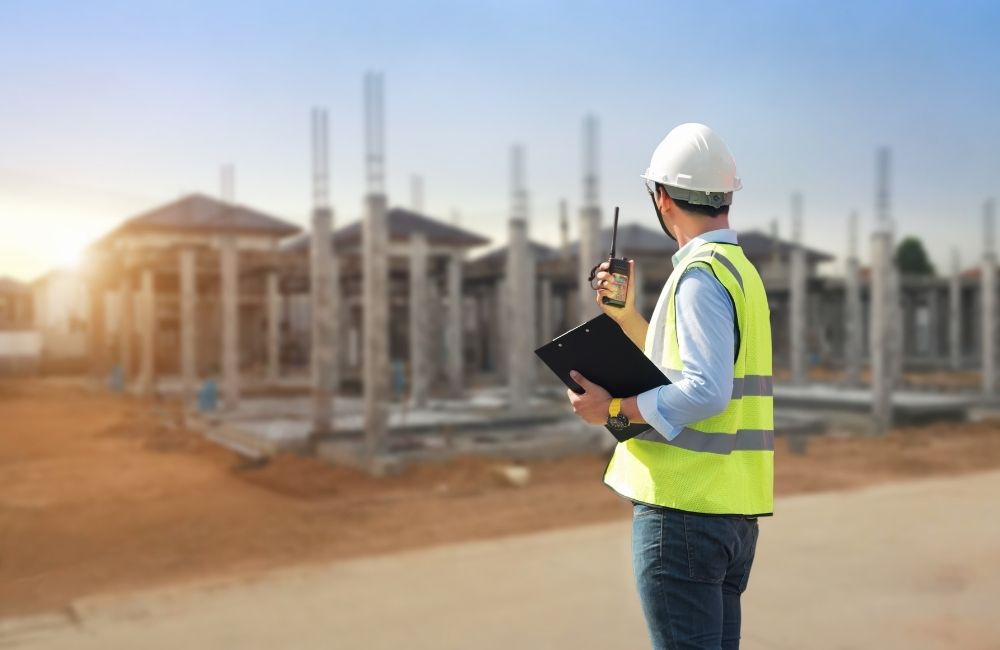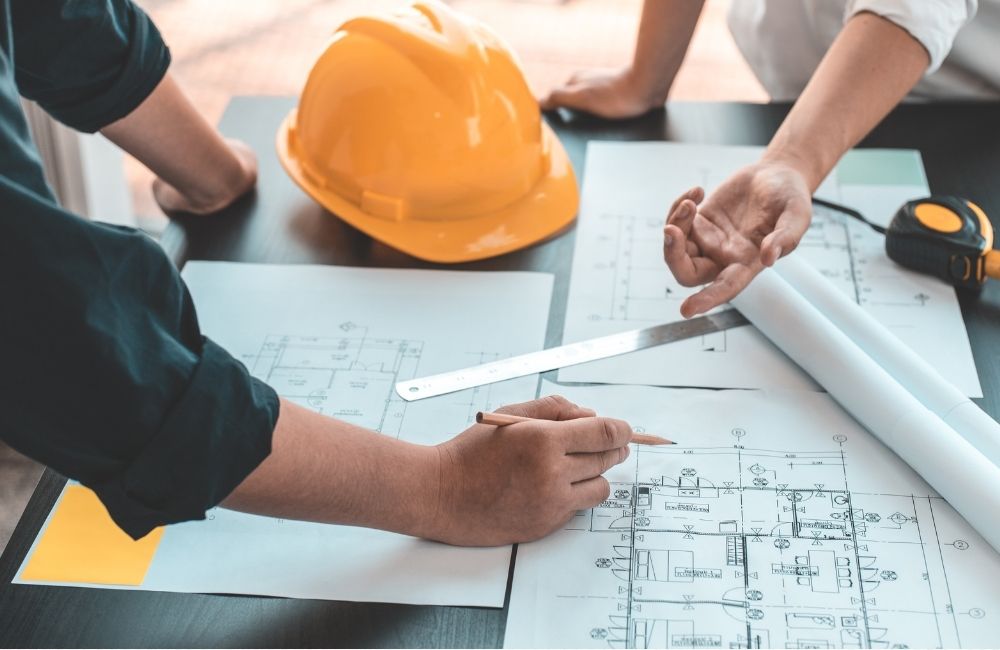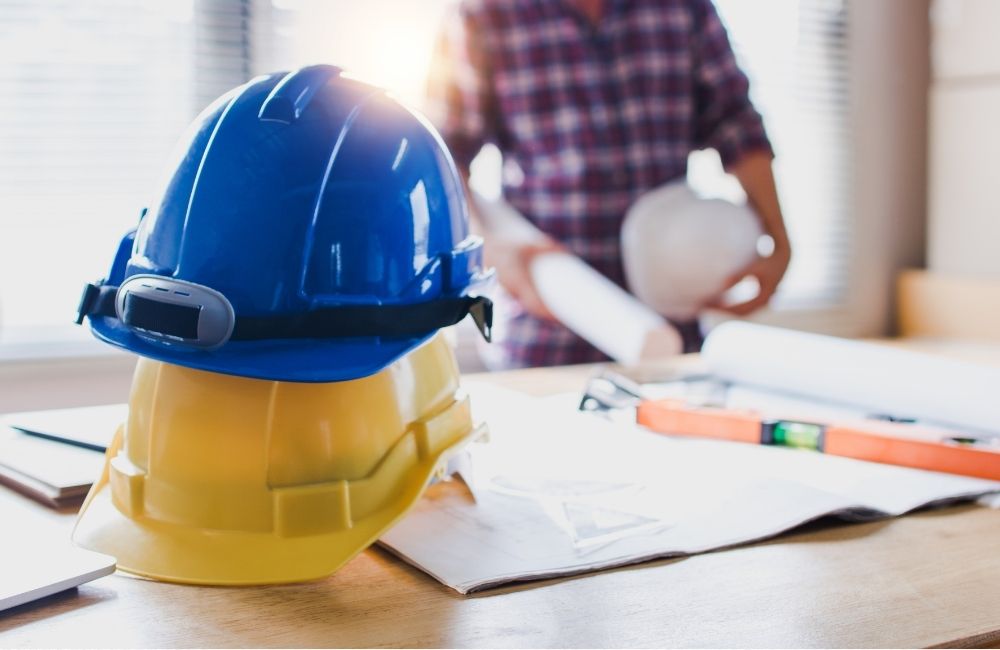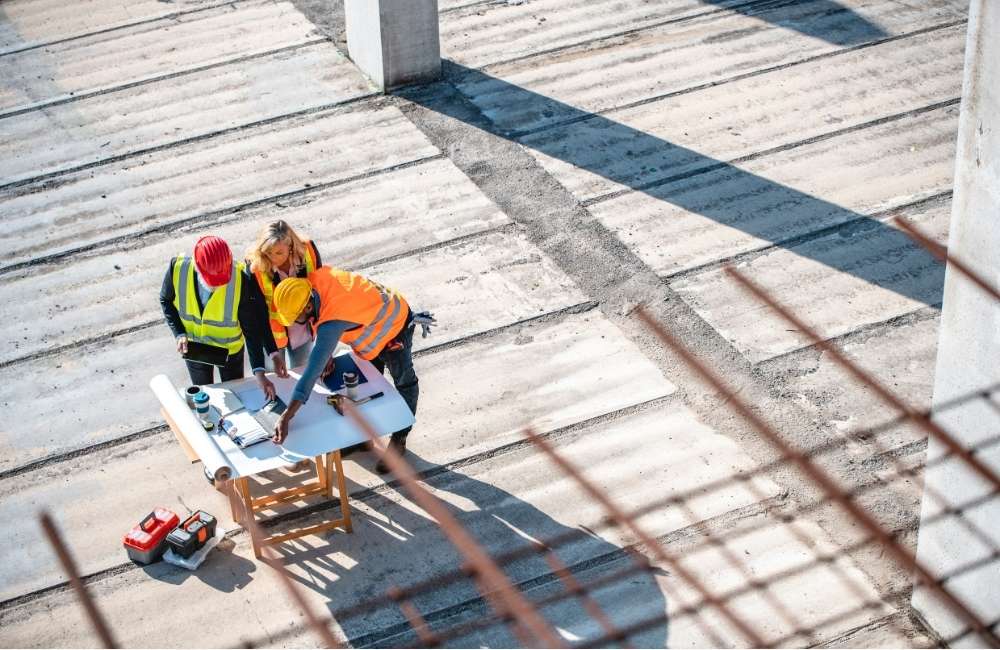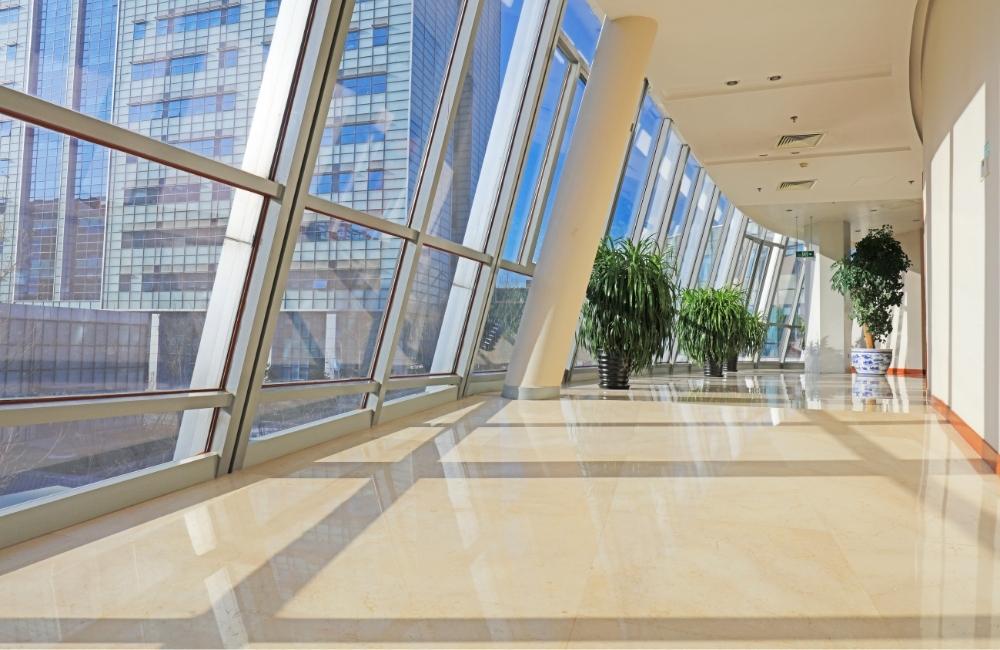Even after three years, the construction industry is still grappling with the significant challenges and changes brought about by the COVID-19 pandemic. While it may seem that the virus primarily impacted industries like healthcare, education, and tourism, the construction sector was not spared. It faced unexpected hurdles in terms of meeting project timelines and satisfying client requirements. Let's explore some of the challenges that construction companies and contractors have encountered during this ongoing pandemic era.
How The Pandemic Affected The Construction Industry
Delay of Projects
COVID-19 has caused many projects to be delayed or even cancelled due to lockdowns, travel restrictions, and social distancing measures. This meant that contractors dealt with missed deadlines, unhappy clients, and penalties. It has also led to an increase in requests to extend or renew insurance policies, which can be costly and complicated. To keep projects on track, change orders and purchase orders were reviewed, revised, and fulfilled to keep projects moving.
Labor Shortages
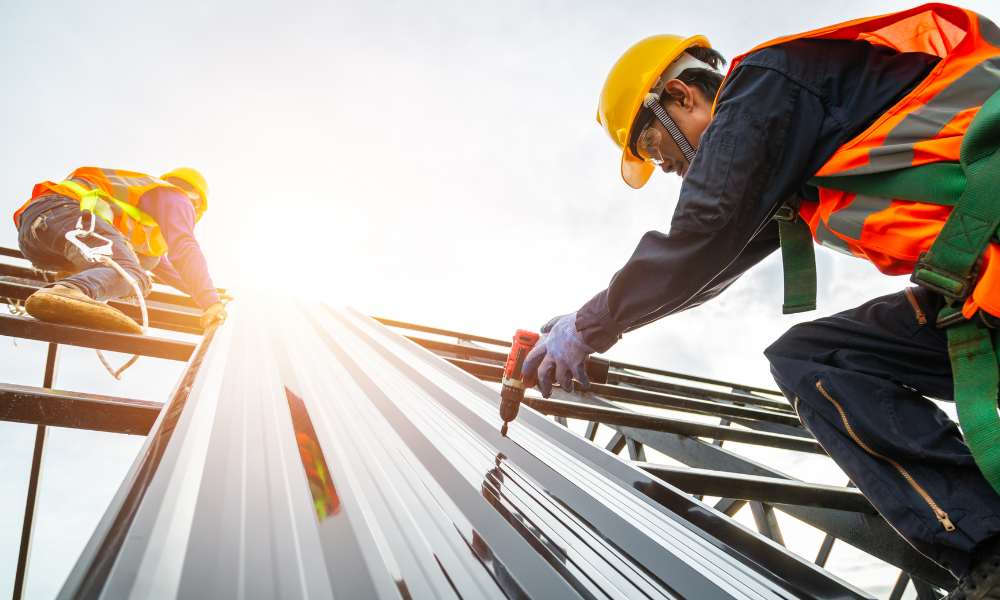
COVID-19 significantly impacted the construction industry by causing a shortage of workers. Many individuals either fell ill, resigned, or transitioned to other sectors. The exposure of one person on-site had a ripple effect, leading to mandatory quarantines for all exposed personnel and the need for rigorous testing protocols. In 2020, even if a person tested negative after exposure, they still had to isolate for over a week, resulting in significant inconvenience. Fortunately, as the pandemic progressed, the quarantine duration for exposed individuals was reduced, and restrictions were eased. However, during the peak of the pandemic, the availability of healthy construction crews fluctuated. Consequently, teams had to redistribute available crew members from different projects, adopting an "all hands-on deck" approach.
Supply Chain Delays
The COVID-19 crisis caused disruptions in the construction industry's supply chain as factories and mills closed or reduced output due to health and safety concerns. This had an impact on both the workforce and material/equipment manufacturers. Contractors faced challenges such as longer lead times, higher prices, and lower quality materials/equipment. Consequently, they had to make adjustments to their schedules, budgets, and contracts. The limited availability of materials and equipment resulted in project schedule changes, with timelines stretched in hopes of timely arrivals. Effective communication became crucial during this time. At Claris, we always prioritize constant communication with our clients and during the Pandemic we placed even greater emphasis on it, keeping clients informed about delays that affected project speed. We remained hopeful and adjusted plans to focus on areas where we had the necessary equipment, aiming to stay on track and maximize productivity despite supply chain limitations.
Increased Material Costs
Due to the disruptions caused by COVID-19, many plans and vacations were changed, leading to a surge in DIY projects and hiring of contractors for home renovations and new construction as summer approached. However, supply chain delays prompted homeowners to take matters into their own hands to avoid further delays. Consequently, there was a significant increase in demand for construction materials and equipment, which drove up prices and affected contractors' profitability and cash flow. To mitigate these challenges, contractors had to negotiate with both clients and suppliers to share the risks and costs associated with price fluctuations. The timing for purchasing materials became uncertain, prompting individuals to act promptly. However, this increased demand resulted in limited supply, leading to higher costs for all parties involved.
Moving Forward: The Present-Day Construction Outlook
The COVID-19 impact brought forth some difficult obstacles that no one in the industry had ever been exposed to. The uncertainty of an end, with a feeling of being nowhere near it, resulted in some quick thinking, flexibility, and an altered work ethic to make it all happen for the client. Although there were certainly hard times, there was a silver lining. COVID-19 also created opportunities for innovation, transformation, and recovery in the construction industry. Here are some of the ways that contractors can overcome these challenges and thrive in this new normal.
Embrace Digitalization
The COVID-19 Pandemic accelerated the adoption of digital technologies in the construction sector, such as cloud computing, artificial intelligence, robotics, drones, 3D printing, and virtual reality. These technologies can help contractors improve their efficiency, productivity, quality, safety, and sustainability. They can also help contractors communicate and collaborate better with their clients, partners, and workers.
Adopt Sustainability
COVID-19 has also increased the awareness and demand for sustainability in the construction industry, such as green buildings, circular economy, renewable energy, and carbon neutrality. These practices can help contractors reduce their environmental impact, save costs, enhance their reputation, and attract more customers.
Claris Design Build Provides A Positive Outlook To Clients
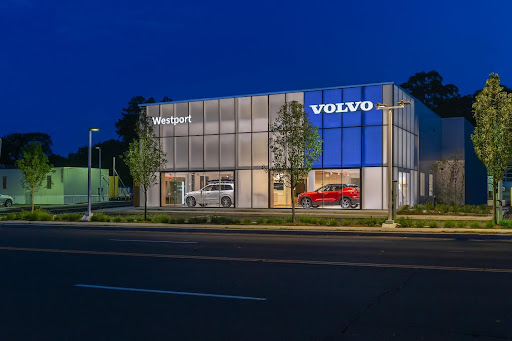
Despite the unexpected nature of the COVID-19 pandemic, Claris stepped up to the challenge and prioritized delivering results for our clients. In various situations, we had to meet demands, deadlines, and fulfill corporate brand requirements. One of our notable projects during the Pandemic was Volvo of Westport, which encountered supply chain issues. Volvo had specific guidelines mandating sourcing from a particular manufacturer. However, opting for that vendor would have caused significant delays. Through our innovative approach, strong work ethic, and effective communication among all parties involved, we were able to source materials from an alternative vendor. As a result, the project was completed on time, meeting the stringent brand standards set by Volvo.
“The project began at the heart of the pandemic, and there were several supply issues and Claris was able to source it from other vendors and get the project done on time. Claris kept me involved the entire time.”
– John Kaufman, CEO of Volvo of Westport



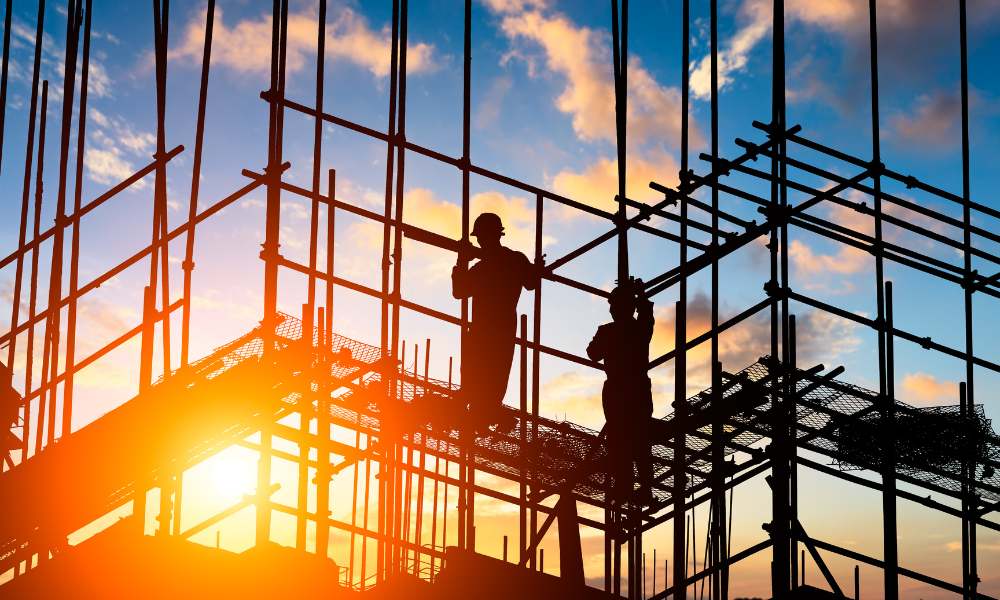
![[2025 UPDATE] Commercial Construction Cost per Square Foot in the US](https://www.clarisdesignbuild.com/wp-content/uploads/2025/04/2025-UPDATE-Commercial-Construction-Cost-per-Square-Foot-in-the-US-3.jpg)
